
History
Innovators from the start
Ferro began as a unique partnership between two interrelated companies that set out to modernize porcelain enameling. We’ve continued to grow through strategic product development and market expansion, and by taking calculated risks to remain experts in color and glass science, particle engineering, formulation and surface application technology. Today, Ferro is well equipped to meet the most demanding requirements in a wide range of applications.
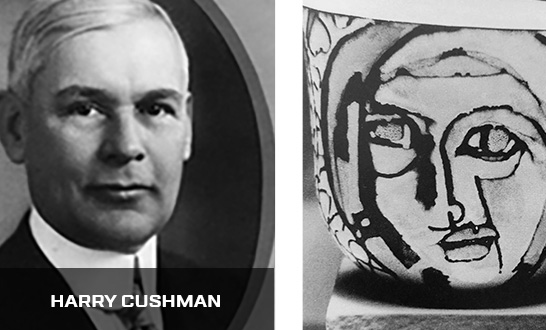
1920s
-
Started in 1919: Prior to entering the 1920s, Clevelanders Harry Cushman, Raymond Williams, and Henry Luebbert formerly organize and incorporate the Ferro Enameling Company, transitioning the ancient art of porcelain enameling into modern industry.
-
Marketing companion: Bob Weaver forms the Ferro Enamel & Supply Co., to sell frit and service products manufactured by Cushman’s organization.
-
Making a mark: Enforcing the highest quality and technical standards, Cushman adopts the check-in-circle insignia, which becomes the company's trademark.
-
Elevating the field: Bob Weaver establishes the first industry trade publication, The Enamelist.
-
Ferro goes international: Ferro opens offices in Canada, as well as England and Holland soon after.
1930s
-
Facing adversity: Despite the Great Depression, Ferro continues to grow. The Ferro Enameling Company and the Ferro Enamel & Supply Co. merge in 1930 to form the Ferro Enamel Corporation. In 1939 the company begins trading on the New York Stock Exchange.
-
Beyond Europe: Operations launch not only in France, but also Australia, Argentina and Brazil.
-
Ferro firsts: Ferro completes the world’s first porcelain enameled house, complete with enameled baseboards, wall tiles and lighting fixtures. Ferro partners with Armco to erect porcelain enameled structures at the Chicago World’s Fair and the Great Lakes Exposition.
-
Showing true color: Research and formulation begins as Ferro develops its new color division, producing inorganic pigments for coloring porcelain enamel and glazes.
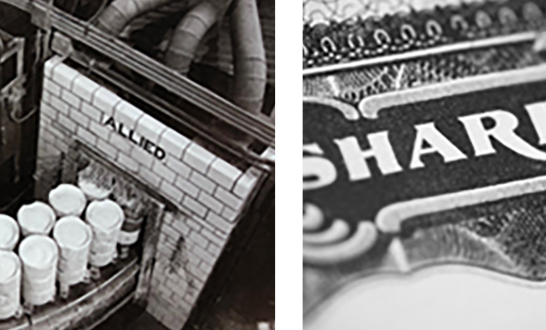
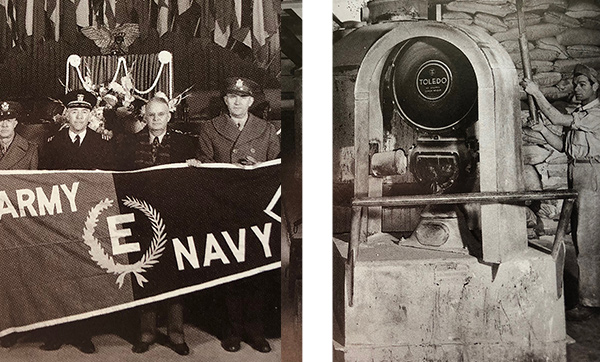
1940s
-
Called to duty: Ferro survives a ban on industrial production unrelated to the war effort, and later receives distinguished awards from the U.S. government for outstanding performance.
-
Bouncing back: Wartime sacrifices are followed by post-war prosperity. Ferro sees larger increases in production than ever before World War II.
-
Expanding the spectrum: Ferro expands its color division by developing inorganic color pigments for ceramics and plastics, in addition to porcelain enamel.
-
International expansion: Ferro establishes operations in Mexico, which prove pivotal in expanding its presence throughout Latin and South America.
1950s
-
Diversification ensues: In keeping with commitment to diversify, the company in 1951 changes its name from Ferro Enamel Corporation to Ferro Corporation.
-
Around the world: Ferro establishes operations in West Germany and sales operations in Italy. Ferro Far East Limited is created in Hong Kong as a trading company to sell Ferro products throughout the growing Asia-Pacific region.
-
Gaining competitive advantage: Ferro perfects a revolutionary, safer and more efficient frit-making process; begins powdered metals division; and creates the first “gel coat,” a durable plastic coating which becomes the standard construction material for boats.
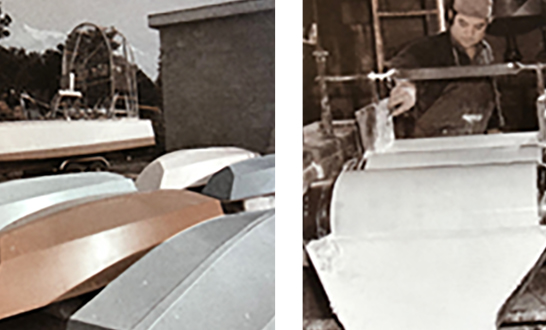
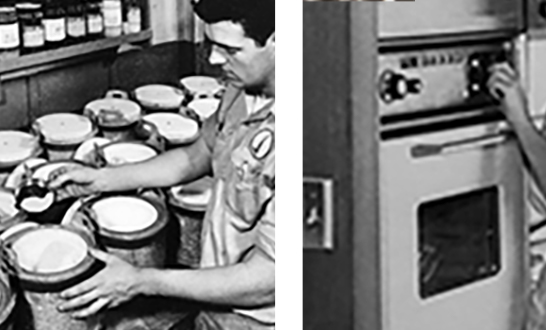
1960s
-
Age of progress: Ferro broadens its technological and industrial base through enhancing research and development capabilities, and also through acquisitions around the globe.
-
Homemaker’s dream: In 1969, Ferro invents a continuous-cleaning coating for household ovens and captures a total of six patents.
-
A bright move: Ferro steps into the glass color market and goes on to become the largest manufacturer of glass color in the world, while also successfully entering the high-temperature ceramic industry by acquiring Electro Refractories and Abrasives Company in 1967—the largest acquisition in its 48-year history.
-
Cleveland proud: Despite serving more than 50 countries worldwide and needing to expand to larger offices, Ferro maintains Cleveland as its home base.
1970s
-
Rising in the ranks: Ferro makes the Fortune 500 in 1972, ranking among the largest industrial companies in the United States.
-
A place for synthesis: The technical center opens in 1970 to support the complex and interrelated technologies of Ferro's businesses.
-
Product expansion: The forerunner of the plastics segment is formed and technology licensing provides the impetus for Ferro's U.S. and European powder coatings business.
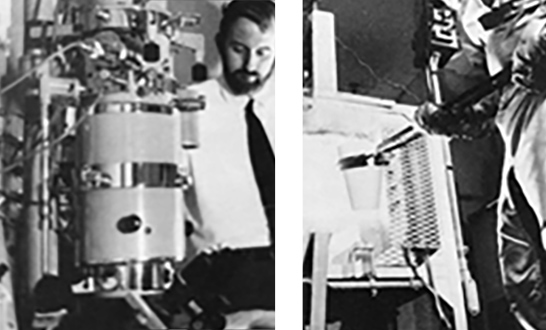

1980s
-
On a mission: Executive management proclaims Ferro will concentrate on its strength as a material supplier, as well as the company’s strength in technology development and quality assurance.
-
Core strength: Plastics is recognized as a new core business, alongside coatings, colors, chemicals, and ceramics.
-
A new high: Sales rise sharply from $148 million in 1970 to $600 million in 1980. By 1988, Ferro hits $1 billion in worldwide sales.
1990s
-
New horizons: Ferro refocuses on core businesses, while adopting key strategies for profitable growth, centering on the organization, productivity, marketing, and technology.
-
Further east: Ferro forms ceramic frit joint ventures in Indonesia and Thailand, and acquires majority interest in a major manufacturer in China.
-
Celebrating success: Ferro marks its 75th anniversary in 1994.
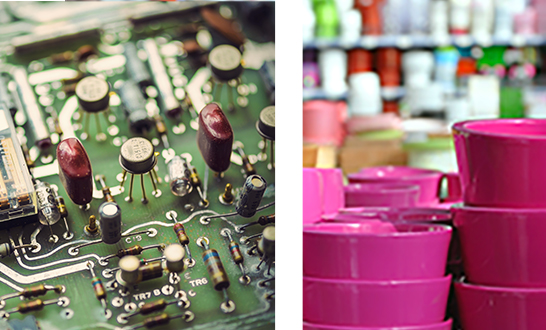
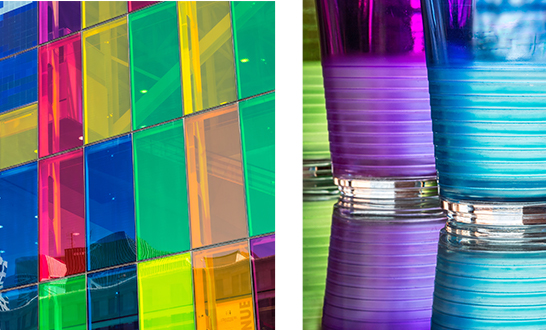
2000s
-
Dedicated to technology: Signaling Ferro's commitment to technology, the company renames its technical center to Posnick Center of Innovative Technology, in honor of retired chairman and chief executive officer Adolph "Ad" Posnick.
-
Go for growth: Ferro sales reach $1.5 billion as the company strengthens growth opportunities within the pharmaceutical market.
-
Doubles triples: In 2001, Ferro acquires certain businesses of Degussa Metals Catalysts Cerdec AG (dmc2) from OM Group, Inc. This deal more than doubles the size of the electronic materials business, triples the color and glass performance materials business and adds complementary manufacturing capabilities and greater presence in Asia and Europe for the tile coatings business.
2010s
-
New leadership: Peter T. Thomas, a 14-year executive at Ferro, is named Chairman, President and Chief Executive Officer of Ferro. The company embarks on its value creation strategy.
-
Shifting gears: Ferro sells its Plastics and North American Polymer Additives businesses and begins to reshape a product portfolio solely on functional coatings and color solutions.
-
Timeless tagline: Ferro adopts the tagline “Where innovation delivers performance” in 2015 to punctuate its commitment to delivering high-performing product solutions for customers and value for Ferro shareholders.
-
Colorful growth: Ferro purchases Vetriceramici, a leading tile coatings manufacturer, and Nubiola, a leading global producer of high-value pigments, substantially adding to its platform in color solutions. Several other acquisitions are completed in strategy to enter emerging geographic markets, add complementary technologies, and gain leading positions in higher-value market segments.
-
Clear vision: With growth momentum firmly established, the company sets its 2020 Vision in a quest to reach $1.7 billion in sales.
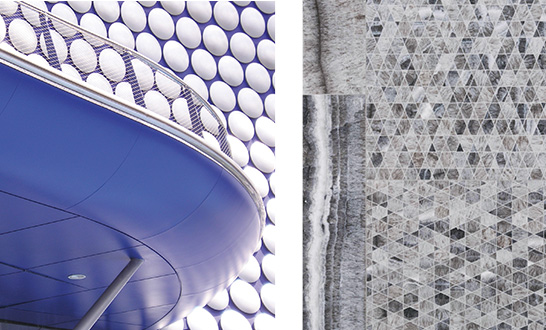
9f6b.jpg)
100 YEARS YOUNG
2019 is Ferro’s centenary year. There’s a lot to celebrate, and so much to look forward...
